If you have recently been admitted to a hospital, what is the most common thing you probably saw? Chances are that hospital scrubs were the most frequent thing seen. After all, scrubs are the universal uniform of hospital attendants and doctors. But also, you may have noticed surgical masks; especially in areas where the potential transfer of germs is high (or the risk to the patient was high as well).
But have you ever wondered how effective surgical masks are in protecting against the transmission of germs? If you haven’t, a medicaldaily.com report detailed this question.
The efficacy of a surgical mask is essentially based on two factors: where the sick individual is in relation to other people and how the germs are generally transmitted.
When the sick person (and other healthy people) are in close quarters, a surgical mask could be effective in limiting the germs that could be transmitted by breathing or coughing. This could apply to people in a hospital room or even people living in the same home as the infected person. Conversely, in public places, such as a shopping mall, or airport, the surgical mask may not be as effective (or necessary) to protect against higher levels of traffic.
While the transmission of germs is an important consideration, it is also critical to consider how surgical masks may not be as effective in preventing small particles from escaping; even though large particles would be caught by the mask. The overriding lesson here is that surgical masks are not airtight, so other precautions (such as hand washing) should be taken.

